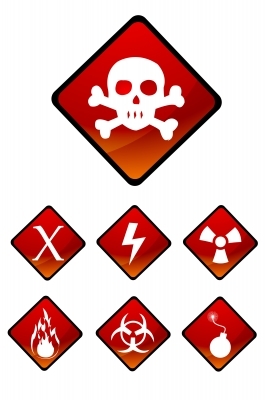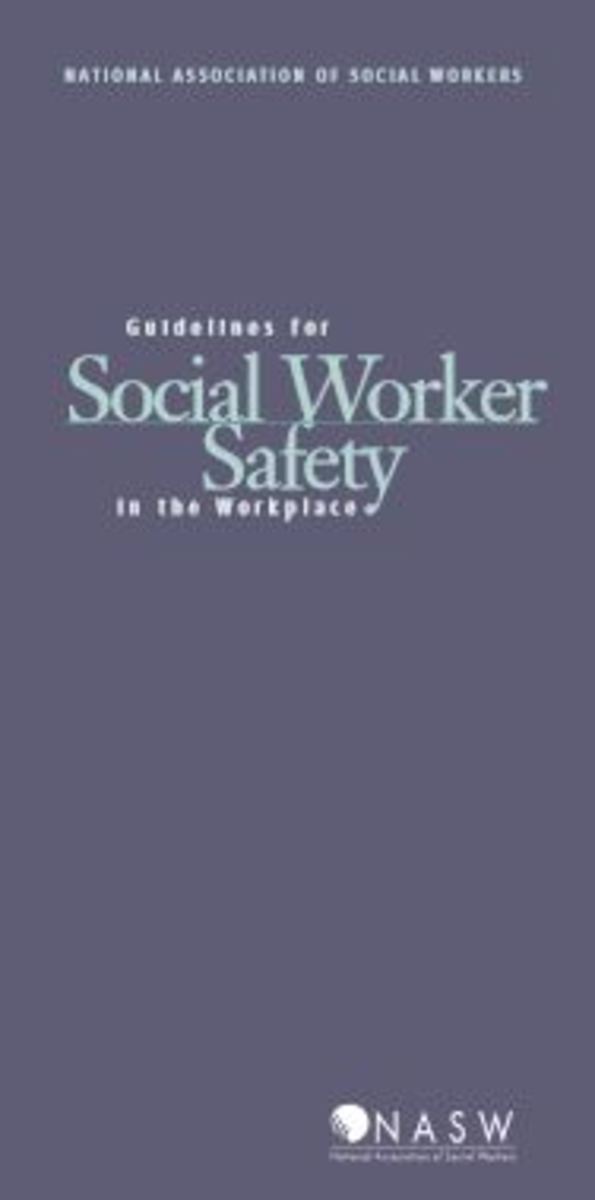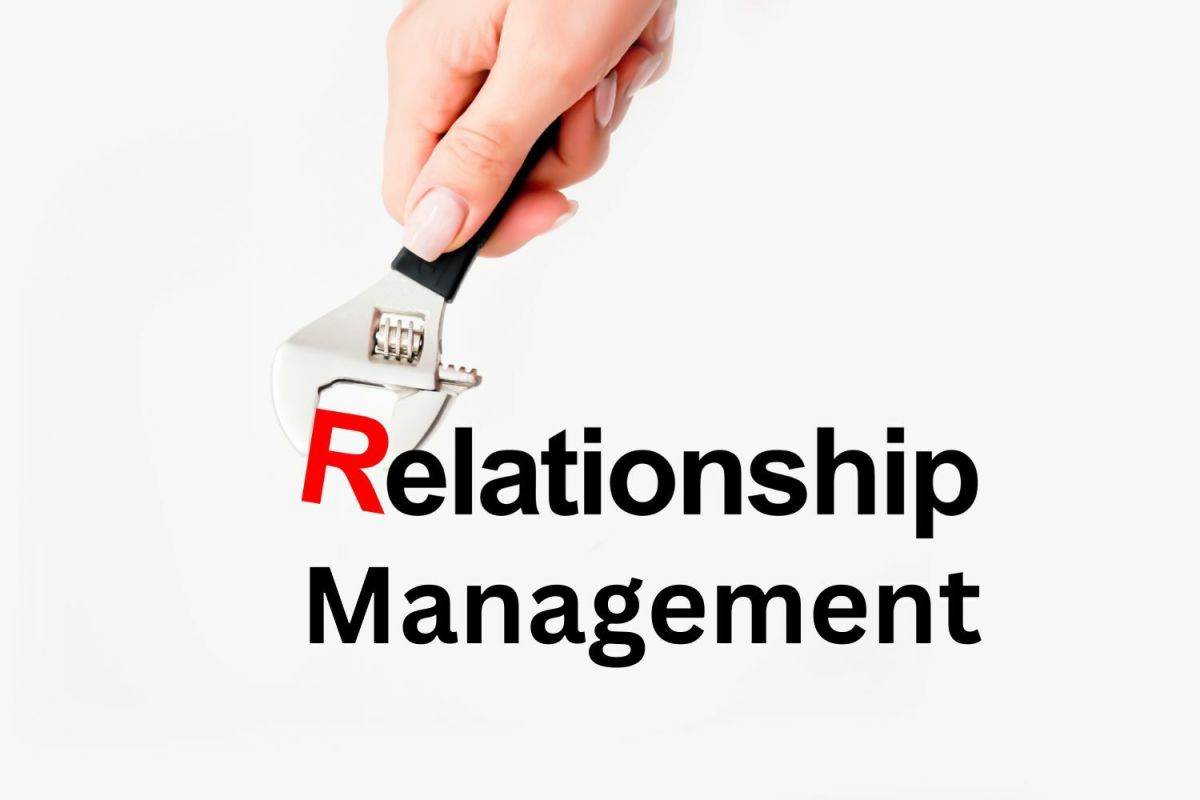How to - Health and Safety Management in the Workplace

Health & Safety Competence Management
Introduction
Effective management of health and safety within any company large or small is dependant on the individual or individuals who take on the responsibility. To be competent the person/s need to be capable and authoritative. Using their communication skills to enable them to manage and influence others, Obviously the individual would need the knowlede of health and safety issues and the desire and attitude to achieve the aims required with specific training and qualifications to back this up. Experience in dealing with health and safety issues would be gained only if the individual/s had been working in this area for a period of time.
Health and Safety law requires that every employer has access to competent health and safety advice, which means that the employer must:
- be competent to manage health and safety issues themselves and/or
- have an employee who is, or
- bringing in external expertise
The Health and Safety Executive prefer that an employee within the company is the competent person, however that said whilst the individual is gaining experience it may be worthwile engaging a consultant in the short term.
Any employer or the employee to whom the responsibility is delegated, can become sufficiently competent to manage health and safety issies within their company. Competence is often demonstrated by the award of qualifications or the certification of training received.
There are two levels of competence, individual and company.
- Company competence is the ability of any company to manage effectively health and safety through policies and procedures.
- Individual competence is the ability of an individual to work safely without endangering themselves or anyone else and the ability to recognise if an unsafe situation is apparent.
The need for competence extends to the people who plan, carry out and supervise work activities.
A step-by-step approach recommended by the Health and Safety Executive includes these basic principles:-
- Setting your policy
- Planning and setting standards
- Controlling and organising staff
- Performance measuring
- Auditing and reviewing regularly
Health & Safety Executive Video with useful information
Setting your policy
REMEMBER: Health and Safety must be proactively managed, in the same way that the good manager manages people, quality and productivity.
Setting your policy
This is the starting point for all health and safety, a statement of health and safety policy must be prepared. It informs employees of the employers intentions towards the health and safety of the workforce and the standads to which the employer aspires too.
Health and safety at work is a legal requirement and must always be included in any business activities.
Safety policy statements
Employes with five or more employees are required to have this written statement showing the general policy on health and safety at work, and details of the organisation and arrangements necessary to put the commitment into practice. Employes should clearly display and give a copy of it to each employee ensuring that the employee understands the contents of the statement.
The statement policy should outline what you as the employer intend should happen and it should describe in full the following:
- maintaining a safe working environment and how this will be set up and controlled
- what you have in place already and who the responsible person is
- what the responsible person is responsible for
- the arrangements for developing safe systems of work
Once the policy has been developed it should be signed and dated by the senior person with ultimate responsibility for health and safety, it should be reviewed and updated periodically and where necessary updated, resigned and dated.

Planning and setting standards
Planning and setting standards for Health and Safety
You must be sufficiently competent in health and safety before you can develop or implement your plans or even set your standards.
The aim of any health and safety management system must be to prevent injuries, occupational disease and near misses from occurring.
To achieve this employers must:
- commit themselves to proactively managing the health and safety aspects of work activities
- involve employees in health and safety decision making and keep them interested in being involved
- establish area of health and safety weaknesses
- take appropriate action to overcome the weaknesses
- ensure sufficient competent people and time and money are available to implement the actions
- implement and make sure actions are complied with
- actively involved employees where further improvements are req1uired
- investigate when things go wrong to prevent issues arising again
Organising and controlling staff
Organising and controlling staff
Who does what?
Everybody should know what their specific responsibilities and roles are with regard to maintaining safe places of work, do they?
Who is going to:
- Develop and implement safe systems of work?
- Provide and issue instructions on how work is to be carried out safely?
- Ensure everyone is competent to do what is needed of them?
- Prepare and develop risk assessments?
- Carry out Health and Safety inspections?
- Measure Health and Safety performance and review/update procedures as and when necessary?
Training:
- Is there provision for training now, and for the future?
- Who is going to identify the gaps between the skills needed and those already established, and be responsible for ensuring that the gaps are identified?
Communications:
What are the arrangements for:
- reporting suspected failings in health and safety management to someone in authority?
- recording incidents?
- reporting and recording accidents?
- delegating health and safety duties?
- effectively communicating with employees?
Consultation with employees:
Health and Safety management is a two way communication process between employers and employees. There are legal duties on both sides for both parties to communcate health and safety matters in both directions.
Employers and their managers, supervisors, team leaders etc, must talk to and listen to the people who actually carry out the work.
Safety representatives on behalf of trade unions members may be appointed.
The Safety Representatives and Safety Committes Regulations 1977 give certain function to safety representatives, the functions include:
- Carrying out workplace safety inspections
- Involvement in accident investigations
- taking part in safety committees

Health & Safety Video in the workplace
Performance Measuring
Performance Measuring
The effectiveness of measuring a businesses health and safety management can be measured by:
- Using earlier risk assessments
- Gathering and evaluating information on how many accidents over a period, what the causes were and the effects they had
- Investigating workers feedback on near misses and dangerous occurrences
- Gathering information on reportable diseases
- Results of health and safety audits
- Benchmarking against previous audits
Audit and review
Audit and review
A continuous cycle of improvement is gained by carrying out health and safety audits, evaluating the findings and implementing remedial action where necessary.
Audits are generally formal, everything is documented for later reviewing.
Health and Safety inspections are less formal and not necessarily documented.
Remember: NO RECORD, NO PROOF
The main thing to remember is where there are problems found, action is taken promptly to rectify them and lessons are learned to prevent the problem occurring again.
Safety audits
Safety audits
A safety audit is the management's way of showing commitment to monitor and improve where necessary the effectiveness of the businesses safety management system.
The audit is carried out by management and may also have a representative with them at the time if they so wish. The aim is to identify problem areas and then implement improvements to increase the overall standard of safety awareness. Paying particular attention to:
- the work environment
- the safety culture
- and the way in which each affects the others
Monitoring
Monitoring
The types of monitoring used in auditing are:
Proactive method -measures current level of compliance with business procedures and lesiglation
reactive method - monitors anything that has actually happened, accidents, incidents, near misses and ill health
Risk Management
Risk Management
The cornerstone of the risk management process are in the accuracy of risk assessments
To carry out a risk assessment it will involve:
- Identifying and recording the hazards
- Eliminating the hazards found and recording outcomes
- Controlling and recording the risks from the hazards that remain
- Informing the employees who are at risk of the findings and including informing the control measures to be put in place
- Periodically reviewing the risk assessments and amending them as necessary to ensure they remain effective
RISK ASSESSMENT CAN BE DESCRIBED AS :
COMMON SENSE BEING APPLIED TO A HEALTH AND SAFETY PROBLEM IN A DELIBERATE AND SYSTEMATIC WAY. IDENTIFYING THE HAZARD AND ITS NATURE IN ORDER TO MINIMISE OR REMOVE THE RISK, A HAZARD IS ANYTHING WITH THE POTENTIAL TO CAUSE HARM AND A RISK IS THE LIKELIHOOD OF HARM ACTUALLY ARISING FROM THE HAZARD
Please leave any comments you may have
I really would like to discuss your thoughts with you.
© 2014 Trudy Cooper








